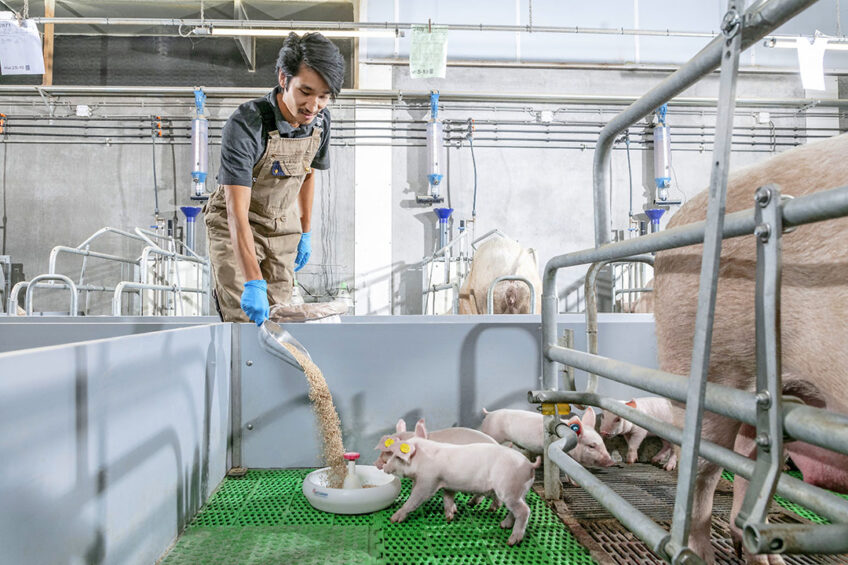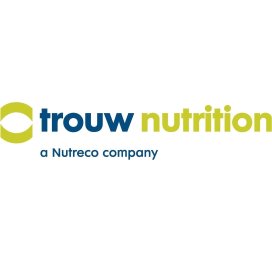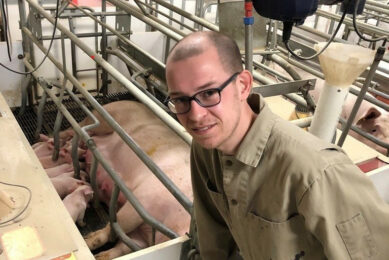Tailoring feed formulation to steer piglet health and performance

Imagine tailoring feed formulation to consider piglets’ digestive processes, fluctuating ingredient prices and the interaction of dietary nutrients. Newly-developed feed formulation technology informed by digestive kinetics makes it possible to support piglets’ gut health and performance.
Although science has revealed crucial differences in the digestive processes of weaner piglets and grow-finisher animals, commercial weaning diets are typically formulated using digestibility values determined in grower pigs. Feeding a diet that considers piglets’ health drivers, fluctuating ingredient prices and how nutrients are used by the animal brings a precision approach to piglet feed formulation.
Applying health drivers to tailor piglet diets
Evidence-based drivers of piglets’ digestive health can help formulate diets that:
prevent bacterial intake
support digestion
improve gut barrier function
modulate gut microbiota
modulate immune system function
Establishing good gut health is an investment in the future as research tracking piglet development has found that performance quality by 10 weeks predominantly predicts lifetime performance.
Formulating for nutrient economics
New algorithms allow feeds to be formulated based on nutrients not ingredients. This adds flexibility to diet formulation, supporting precision nutrition and economics as raw material prices fluctuate.
Considering the individual digestion kinetics of nutrients and their interactions allows diets to be tailored to meet nutrition and economic objectives. For example, reformulating a diet to improve the use of starch, protein and fibre can also nurture post-weaning gut health. The piglet-focused formulation technology combines an understanding of nutrient digestion and interplay with information about piglets’ physiological capacity. This means that fibre fermentation kinetics can be used to balance poor protein or starch digestion kinetics, or vice-versa, depending on ingredient availability. Leveraging ingredient interactions unlocks more potential in the diet.
Formulating diets based on nutrient levels versus ingredients also delivers flexibility to meet nutrient requirements when navigating price volatility.
Formulating for protein needs
The correct amount of protein is critical in just-weaned piglet diets. Too much protein can lead to increased growth of unwanted bacteria and the onset of post-weaning diarrhoea. This situation can occur when undigested protein reaches the large intestine and supports unwanted bacterial growth. Undigested protein should be prevented from reaching the hindgut.
Efficiently incorporating dietary protein is a component of protein digestion kinetics which evaluate protein intake and gut transit time. By taking digestion rates and the increase in feed transit from stress and gut health disorders into account allows diets to be tailored to support the complete digestion of protein.
Formulating for fibre
Fibre helps determine how quickly a feed moves through the piglet’s intestinal tract and interacts with gut microflora. A more complex understanding of fibre considers it in terms of solubility and rate of fermentation.
A feeding trial examined the differences between using fibre that fermented quickly (fast fibre) and fibre that fermented slowly (slow fibre). A total of 240 piglets received one of two diets from weaning through 42-days post-weaning. Piglets receiving the fast fibre diet saw a 5.6% higher ADFI, an increased average daily gain (ADG) and, by day 42, were 1.41 kg heavier than piglets on the slow-fibre diet. However, piglets on the slow-fibre diet displayed less hindgut fermentation and better digestive health. Piglets eating the fast-fibre diet were 37% more likely to have incidence of diarrhoea. Piglets on the slow-fibre diet ate smaller amounts more often – this feeding pattern is thought to have provided a steadier rate of passage for feed, improving nutrient use and digestion.
Ingredient function and flexibility
Improved understanding of nutrient function can make diets less reliant on specific ingredients. This revised understanding allows for the inclusion of ingredients not typically used in piglet feeds without compromising nutrition or quality.
A feeding trial compared two diets formulated using nutritional algorithms based on piglet nutritional needs and physiological development with a highly palatable control diet that included plasma. One of the two trial diets (KIN-P) also included plasma while the other, KIN-NP, did not. Both diets produced piglets with higher ADG, ADFI and improved feed efficiency for the 42 days following weaning. Final body weight was higher for the piglets receiving the formulated feeds. The cost/kg gain was lowest for the KIN-NP diet and the corrected feed cost was highest for the control diet. However, the initial feed cost was higher for both formulated diets.
Figure 1 – Tailoring a diet to provide specific characteristics using an improved understanding of piglet digestion and nutrient kinetics can provide better weight gain and gut health than using a medicated feed.

Formulating for gut health
Combining advanced formulation algorithms and greater understanding of how feed ingredients are digested provides an alternative strategy for producers seeking to improve gut health without relying on high levels of zinc oxide (ZnO). In a feeding trial at a commercial facility, 864 just-weaned piglets received one of three diets for several weeks. The diets included a highly palatable diet with high levels of ZnO (PC), a feed with low levels of ZnO (NC), and a highly palatable feed formulated using algorithms tailored to support gut health (KIN). Piglets receiving the KIN diet had the lowest incidence of diarrhoea, down 43% and 129% compared to piglets on the PC and NC diets, respectively. KIN piglets also showed the highest daily gain, best daily feed intake and improved efficiency for the first two weeks post-weaning (Figure 1).
Piglet diets based on weaning physiology and formulated with technology informed by an improved understanding of nutritional kinetics can address pig health and producer economics. Designed with Kinetio formulation technology, Milkiwean feeding programmes use precision nutrition to steer flexible ingredient inclusion, piglet performance, piglet health and farm profitability.






